|
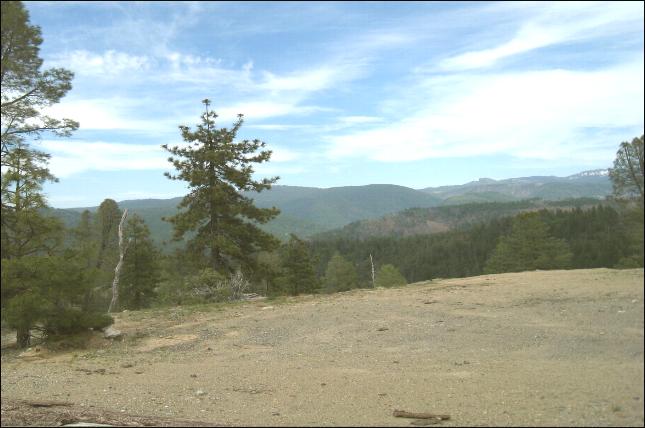
Old Mining Towns in the Foothills
Washington, Relief Hill and North Bloomfield.
(By Bonnie Wayne McGuire - Sunday May 13, 2012)
Lately, we decided to
revisit some of our old towns left over from the gold rush days. We pack a
lunch to take with us to enjoy somewhere along the way. Mel hauled
logs over most of the old roads in the area, but we thought it would be
interesting to see how things have changed since then...and maybe discover
what was missed before.
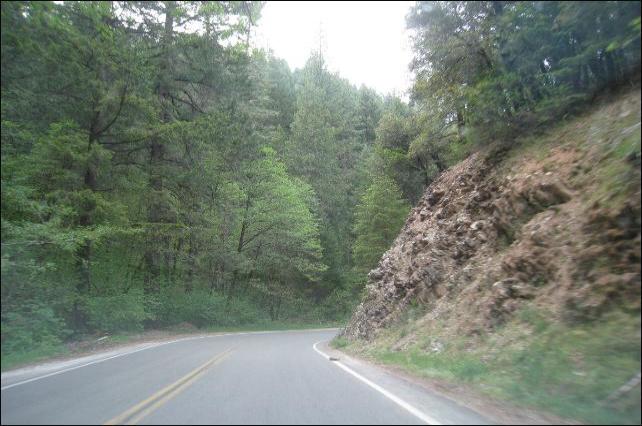
Today we're going to the old town of Washington
that's nestled in a canyon by the
South Fork of the Yuba River between steep mountain ridges. Not many miles
above Nevada City the
turnoff from Highway 20 takes us down a fairly steep, but scenic winding
road. Before we know it this cute sign reminds us to slow down as we approach the little
town of Washington.

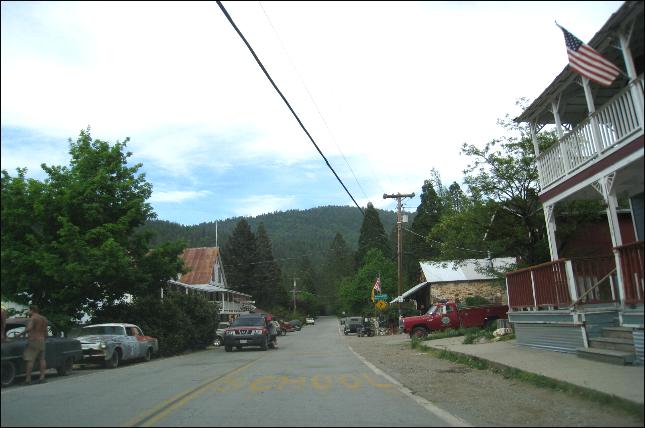
Evidently it all began in the fall of 1849 when a company from
Indiana arrived at a stretch of River and decided to remain through the
winter to start a township. the settlement was first named Indiana Camp by
the "homesick Hoosiers." The news got out, and a stampede for Gold began. "The Indiana
Camp miners met in the local saloon as the snow piled up four feet deep
outside. They had to do something about those upstarts who had named their
camp after the country's third president. So, Indiana Camp became
the name of the first president...Washington." The area produced a
large amount of placer gold, followed by hard rock and hydraulic mines
that were also very productive. Many people of Chinese descent also worked
in the area during these times. Washington became a flourishing mining
town of 3,000. There were hotels, restaurants and stores with supplies for
the miners. By 1880 miners had recovered over $10,500,000 in gold here. The Washington Mining District was served
by operators of small stage lines. A daily stage left the National
Hotel in Nevada City at 7 AM and arrived in Washington around noon. Now the
drive only takes about a half hour in your car. Below is artist Bob
Crabb's map of what's there now, and during the good ol' days.
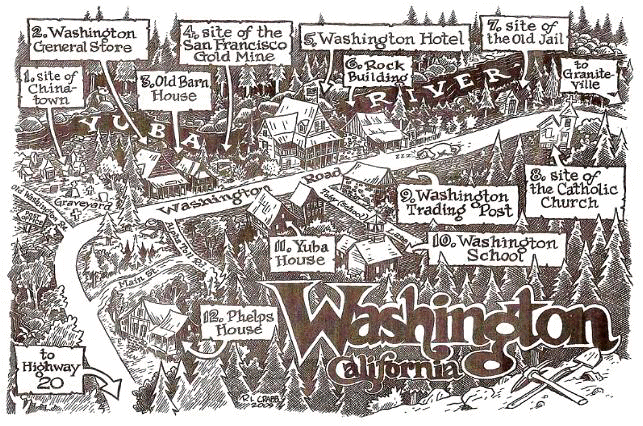
Looking at this map brings to mind a colorful
lady who operated the San Francisco Gold mine shown next to the
Washington Hotel. Los Angeles Times journalist Charles Hillinger wrote
the following about her:
Widow Works Gold Mine - Hopes to
Strike it Rich
Washington, Calif..."Ever eat a lilac, Lu?"
shouted Ray Bush over the deafening clatter of the jackhammer.
Alleghany Lu brushed the smudge from her face, yelled to Bush that
she couldn't recollect she ever had. "You ain't missed nuttin',"
Bush shouted. "Lilacs taste terrible."
Alleghany Lu, 62
year old lifelong gold miner, and Bush, 48, her hired hand, were
engaged in small talk as they worked in Lu's diggin's at the San
Francisco Mine on the south face of a hill overlooking the tiny hamlet
of Washington in Nevada County. Miners have called Luthena Caston
Alleghany Lu since the late '30s when she operated the Seven Aces in
Alleghany, a gold mine a few miles north of her present location.
 Lu had a string of luck in earlier years. But no one's making
money on gold since difficulties have beset the industry the last
quarter century. How long she'll last is anybody's guess. But the days
of Alleghany Lu's mining career seem numbered. Lu Caston admittedly
sank over $200,000 of her own money and money she's promoted from
others...her partners...into the San Francisco. She's carved a wide
swath of mountain, moving thousands of tons of dirt looking for that
elusive rich vein. She's built a mill, spent money on bulldozers and
expensive equipment. "I know there's at least a million in cold
cash somewhere in here. I can't stop now. I got 10 years and my life
savings at stake," she said. Lu sees all the indications of
a high grade vein. "Solid gold right behind the mariposite,"
she said. "See that white rock up there? I'm getting
close...getting so close I can smell it. This is one of the richest
spots in the state. Several giologists have looked at this thing. They
agree. Formations here are identical to those at the Sixteen-to-One
just over the hill. You know the Sixteen-to-One...$35 million in gold
taken from it...Come on up here. Let me show you something," Lu
said as she grabbed a small pick and pan. Lu had a string of luck in earlier years. But no one's making
money on gold since difficulties have beset the industry the last
quarter century. How long she'll last is anybody's guess. But the days
of Alleghany Lu's mining career seem numbered. Lu Caston admittedly
sank over $200,000 of her own money and money she's promoted from
others...her partners...into the San Francisco. She's carved a wide
swath of mountain, moving thousands of tons of dirt looking for that
elusive rich vein. She's built a mill, spent money on bulldozers and
expensive equipment. "I know there's at least a million in cold
cash somewhere in here. I can't stop now. I got 10 years and my life
savings at stake," she said. Lu sees all the indications of
a high grade vein. "Solid gold right behind the mariposite,"
she said. "See that white rock up there? I'm getting
close...getting so close I can smell it. This is one of the richest
spots in the state. Several giologists have looked at this thing. They
agree. Formations here are identical to those at the Sixteen-to-One
just over the hill. You know the Sixteen-to-One...$35 million in gold
taken from it...Come on up here. Let me show you something," Lu
said as she grabbed a small pick and pan.
Bush laid aside the
jackhammer as he finished the last of a series of holes he and Lu
drilled for blasting, and reached into a portable cooler for a beer.
Lu hoisted herself up the steep mountainside, and chipped away at a
rock to demonstrate a show of color. "This is pocket country. A big
outfit could hack it. I had hopes I could. I'm not giving up yet..."
she said. Watching, Bush gulped his beer and commented, "She hasn't
paid me in weeks. Not a dime. But I'm hangin' on for a little while.
I've lost most of my friends." Lu added..."They think I'm
crazy"......
Another article in the Cape Girardeau Southeast
Missourian (Sunday, February 29, 1976) wrote: Nevada City, Calif.
(AP)..."It's right here, just a few feet away," said 67 year
old Alleghany Lu, uncorking a great whack at the mine rockwall with
her rusty pick, still hunting the elusive El Dorado after 40 years.
The woman's eyes lit up in the shower of sparks that briefly
brightened the gloomy tunnel. She sat down in the dust to study a
chunk of yellow rock, shrugged, and tossed it away...just another
yellow rock. Alleghany Lu's been working around the mines on the
northern edge of the Mother Lode since she first came to California
from Montana in the 1930s, hunting more of the $600 million in gold
dug out by the '49ers. "I'm going to hold on until they come up and
hang me." Lu vowed recently. The years have whitened her hair but
failed to cool the gold fever that hit her so long ago, and her faith
is as strong as ever. "The pitiful thing is just when I'm close to
hittin' a big pocket of gold, I don't have the money to go on,"
she sighed. Bob Clinch, sho sells mining supplies and has known her
for 30 years, said, "Lu's quite a lady. She used to be quite a
looker in her day. She would come back from San Francisco wearing
white gloves and all the trimmings of a San Francisco lady. She's got
a kind of Diamond Lil complex, you know."
History author Bob Wyckoff recalls, "she
drove a luxury car and was well-spoken. Sorta auburn hair. I think she
had gold mining interests in Sierra County." (Pete Scribner asked
me on Facebook "to not
forget 'Alleghany Lou' . I did quite a bit of survey work for her 'way
back when.") I
was glad he reminded me, because I remember seeing her photo and
reading about her...probably in the 1970s. She was even attractive
wearing work boots.
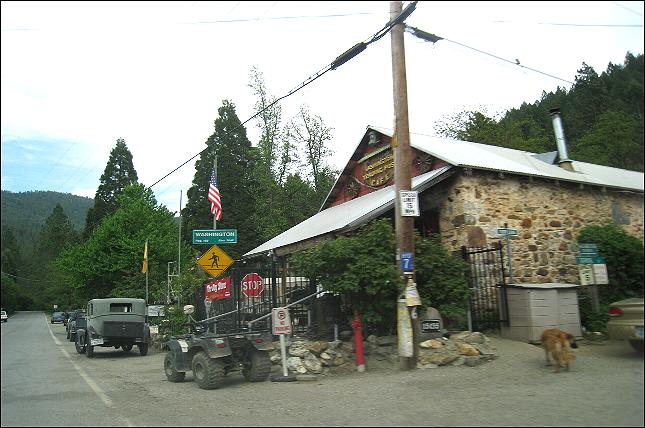
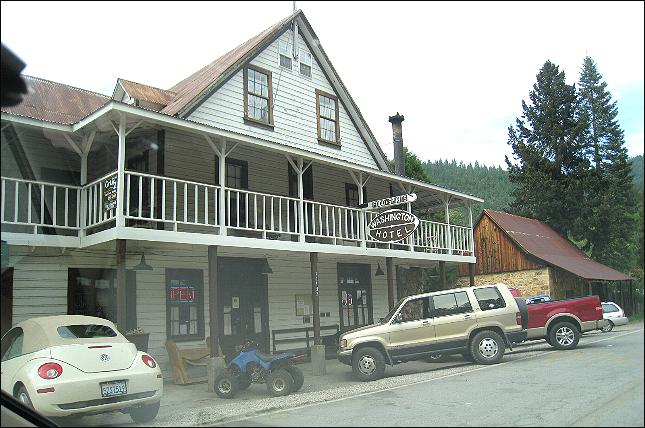
The Washington Hotel started with Hessel B. Buisman
who was born in Holland in 1827, and arrived in San Francisco in 1850.
He originally kept a hotel in the town of Jefferson located near
Washington from 1852 to 1857. "Then Buisman built the first hotel on
this site in 1857. It was destroyed by fire in August 1867, along with
neighboring businesses. Buisman replaced it with a two-story hotel in
that same year. In 1887, Buismanís daughter Harminia and her husband, E.
T. Worthley, inherited the hotel, which burned in April 1896. The hotel
was called 'The Worthley' or 'Washington Hotel' on the same site as the
current hotel. The
hotel stable was across the street.
John J. Rogers bought the hotel in 1910 for $50,
and in 1911 he installed a water pipeline across the river to the Nice
and Latta ditch to furnish water for the town. In 1912, he used the
water to generate the first electricity for the hotel. Thomas B.
Williamson, who had purchased a half interest in the hotel for $10 in
1911, bought out Rogers in 1916, and then sold it to Pietro Orzalli.
Orzalli sold the property to R. F. Wiliamson (brother of Tom) in 1925.
In 1926, Emory J. Haverstock bought the hotel and added dormer windows
on the top floor, using lumber salvaged from the fire-ravaged Dugan
Hotel (also in Washington). Haverstock sold it to Clark and Edna Waite
for $10 in 1939. In 1955, the hotel was sold for $10 to Harold
Moneyhun, former owner of the Holbrooke Hotel in Grass Valley, and
Eddie Furano of Nevada City. In 1968 Thomas E. Walsh used siding
salvaged from the National Hotel Annex in Nevada City on the side
porch on the upriver side of the hotel."
Today the town of Washington consists of the
Washington Hotel/bar, a restaurant, a grocery store, a one room
schoolhouse that has educated students continuously for over 100 years,
and two trailer park campgrounds. The town's population is about 200,
but fluctuates with tourist traffic in the summer...including some
ghost-hunters. I think they also showed up at the National Hotel in
Nevada City a few years ago.
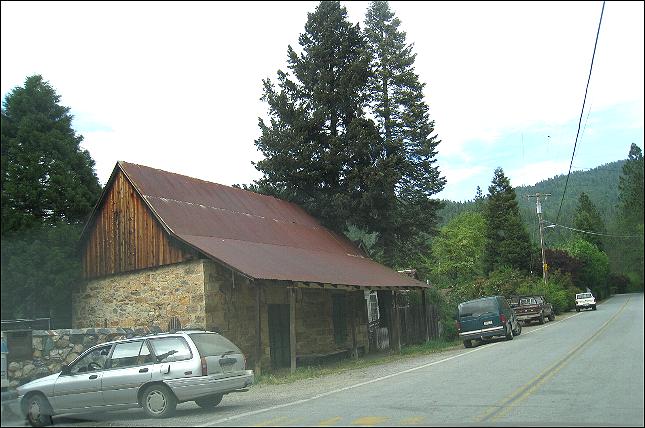
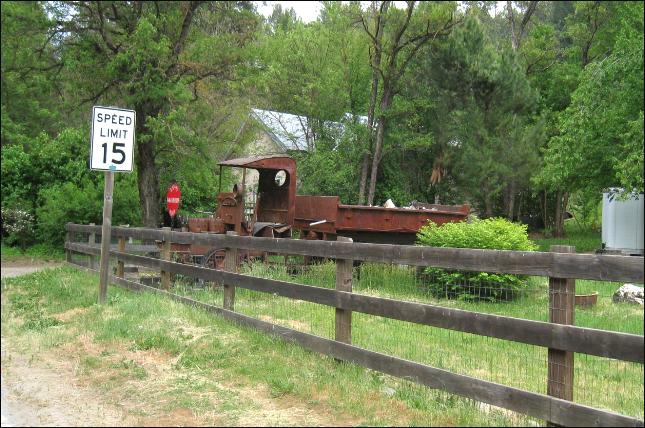
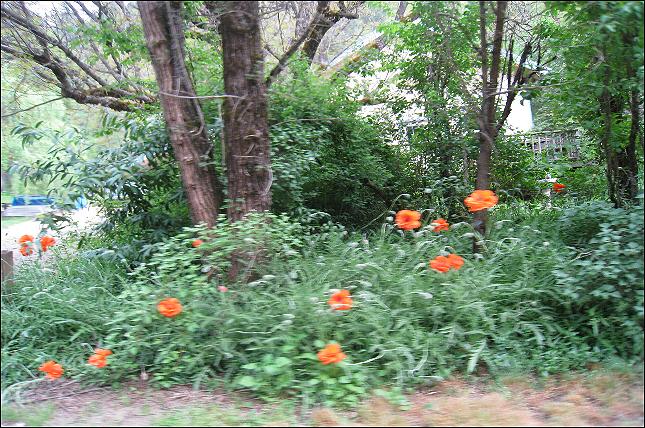
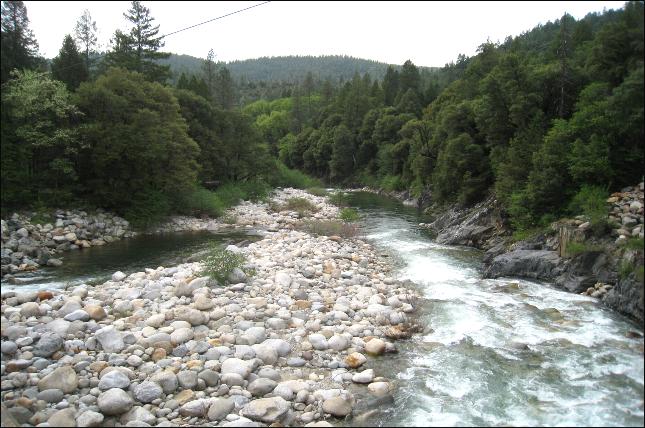
We cross the Yuba River and turn left. I had wanted
to go to Graniteville, but Mel wanted to take the winding dirt road that
ended going through Relief Hill and North Bloomfield. Evidently many
others have
enjoyed the loop too. We filled our gas tank before we left Nevada
City, but traveled so slow the tank was still full when we got home.
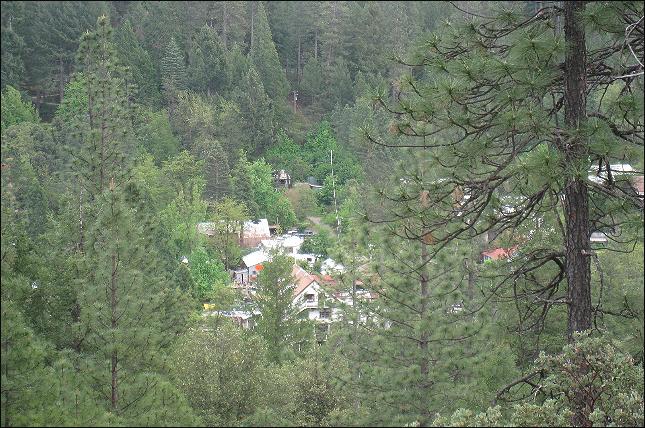
Now we're on the opposite ridge looking down on
Washington.
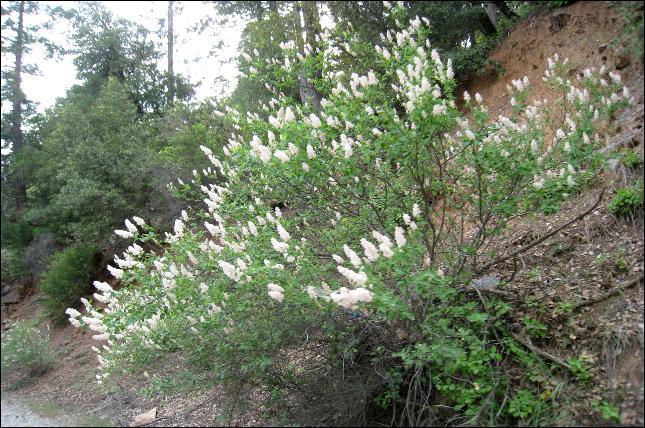
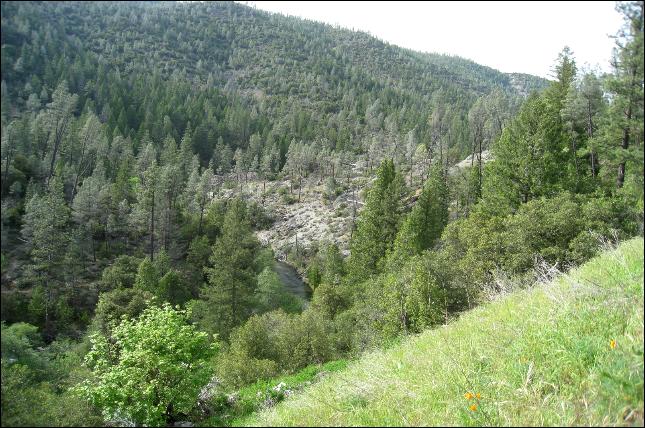
We'll be crossing this stream before long.
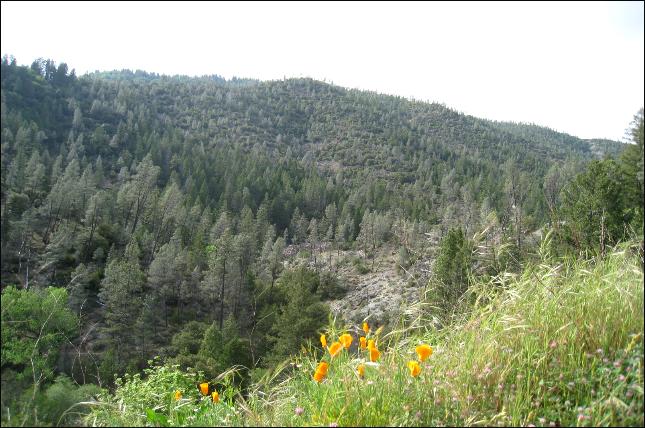
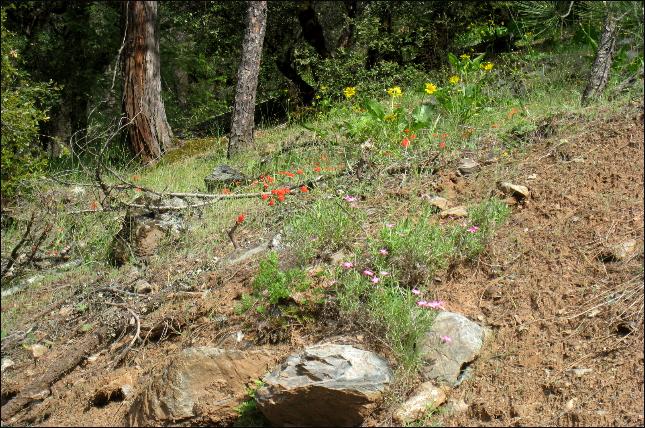
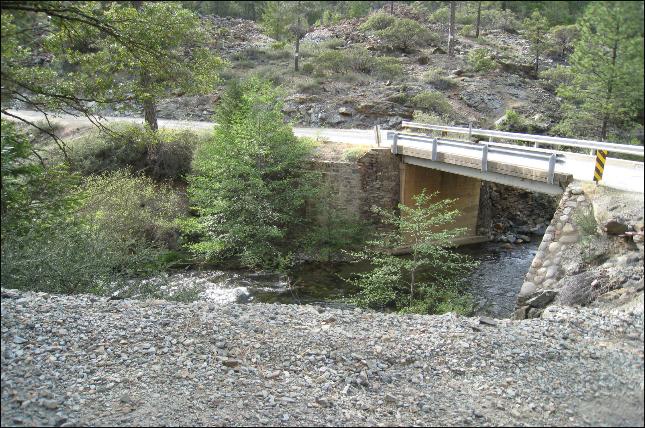
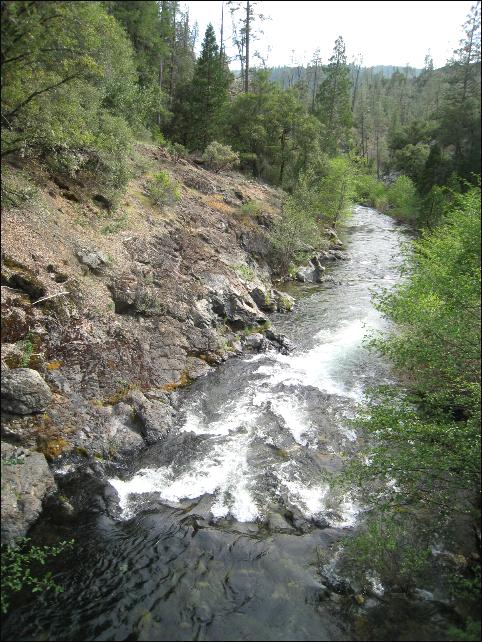
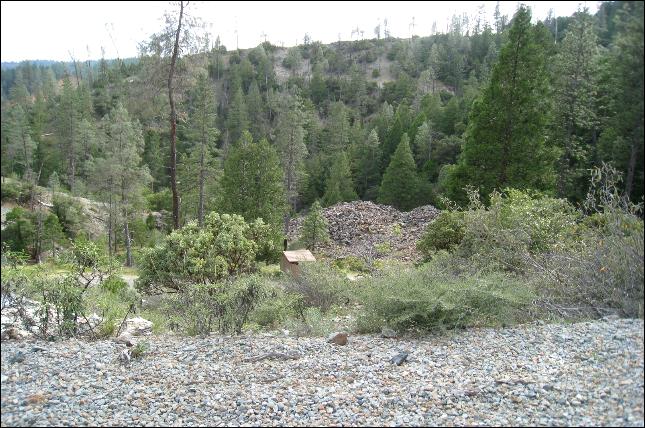
Rock and gravel everywhere, and hydraulic remains of
the extensive gold mining here.
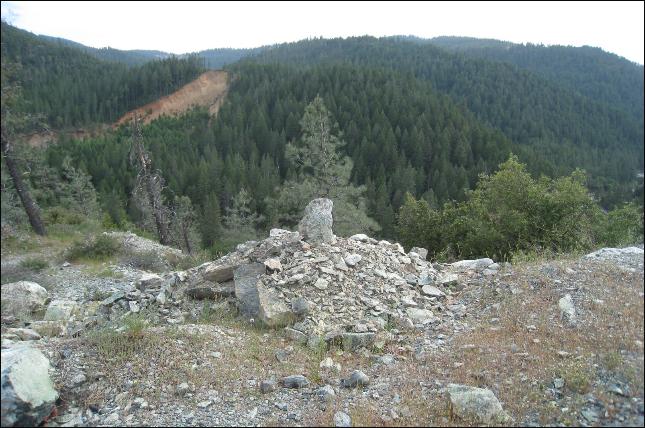
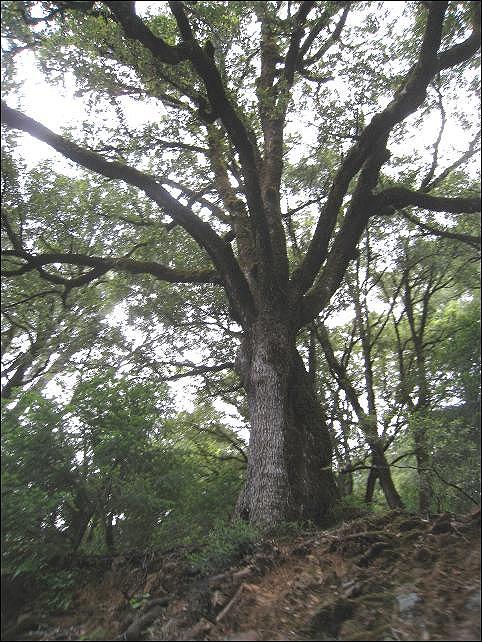
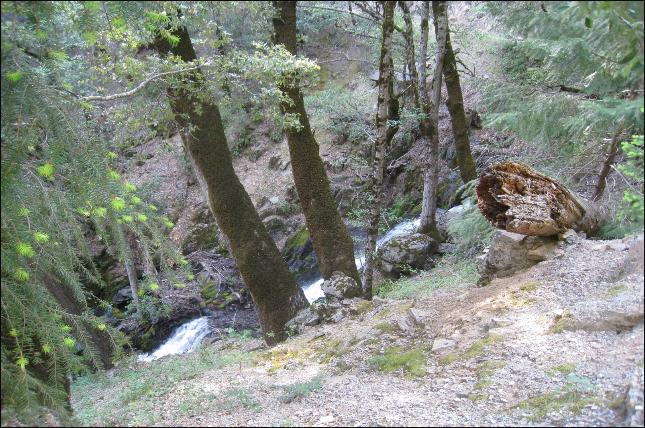
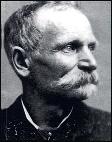
One of the springs still flowing. As we slowly drive
along the rough road I have visions of how people used to travel over the
same road (only worse) on horseback, stagecoaches and wagons. It took them
a lot longer to get to where they wanted to go. Gold mines shipped their
gold over the roads. No doubt the drivers and passengers were always at
risk of being held up robbed and maybe killed during their travels.
Probably one of the most famous highwayman in our area was Charles Earl
Bowles (right) better known as Black Bart, the gentleman bandit. He
committed 28 robberies of Wells Fargo stagecoaches across northern
California between 1875 and 1883, including a number of robberies along
the historic Siskiyou Trail between California and Oregon. Although he
only left two poems (at the fourth and fifth robbery sites) it became his
signature and his biggest claim to fame. Black Bart was very successful
and made off with thousands of dollars a year. He was allegedly terrified
of horses and committed all of his robberies on foot. This, together with
his poems, earned him notoriety. Through all his years as highwayman, he
never fired a gunshot, and was always courteous and used no foul language
(except in poems). He wore a long linen duster coat and a bowler hat. His
head was covered with a flour sack with eye holes, and he brandished a
shotgun. These distinguishing features became his trademarks.
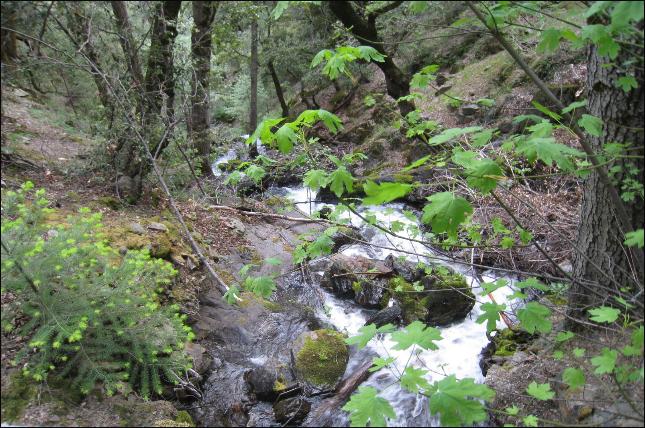
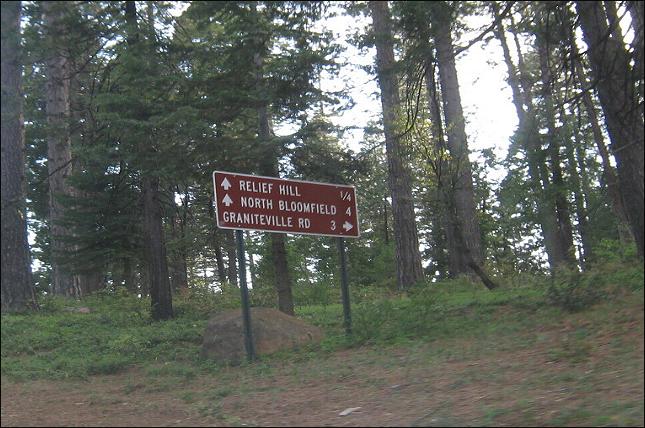

We've reached Relief Hill about three miles east of
North Bloomfield. Captain Monroe, J. K. Reed, Burnham, Tuttle an some
others located here as early as 1853 and engaged in mining. By 1856 the
settlement had attained a population of seventy five people. It had one
store, two salons, one butcher shop, two boarding houses, one blacksmith
shop and several dwellings. The town steadily grew until 1858, and had one
hundred voters. It then began to decline very speedily, but revived in
1862 and remained a thriving camp for a number of years. By 1880 it still
had seventy five residents among which were two of it's oldest
residents...Robert Moore and William R. Williams.
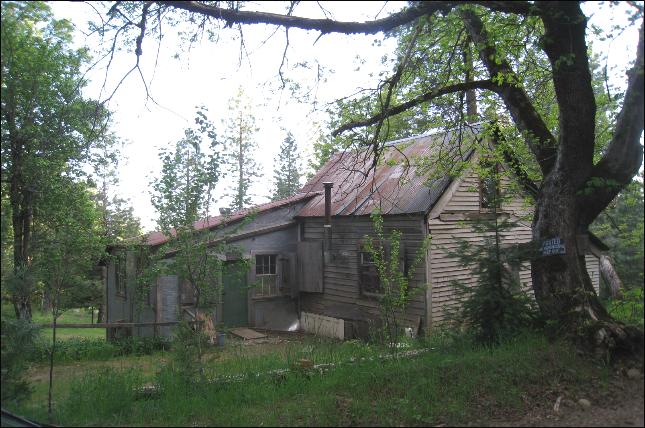
Mel remembered an old log pond behind this house. The
pond is still visible.
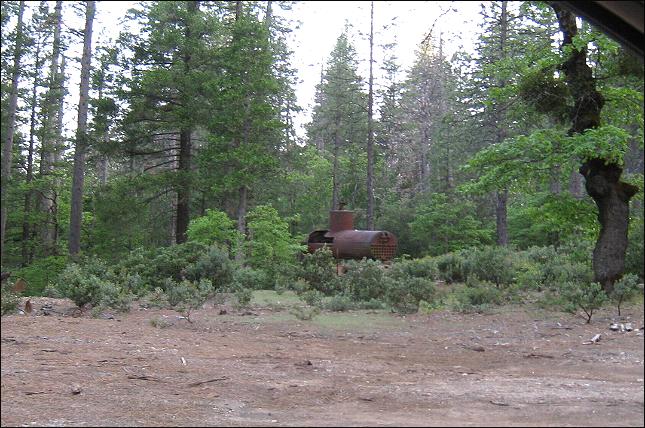
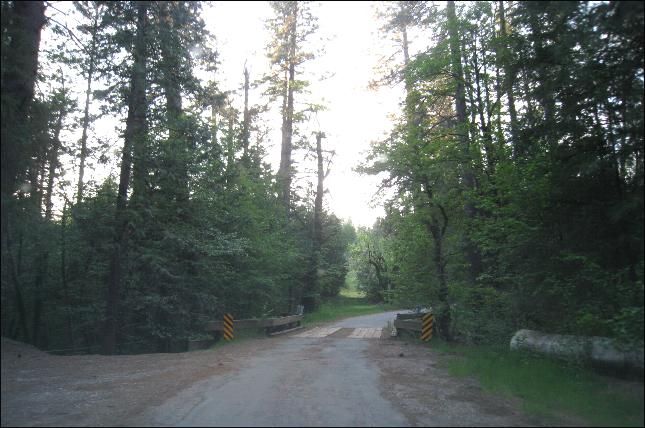
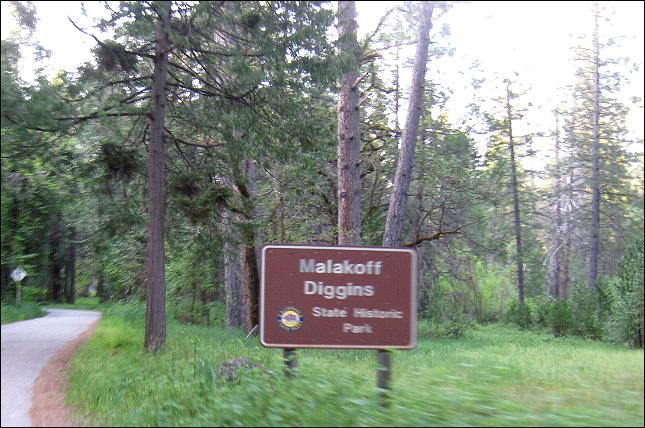
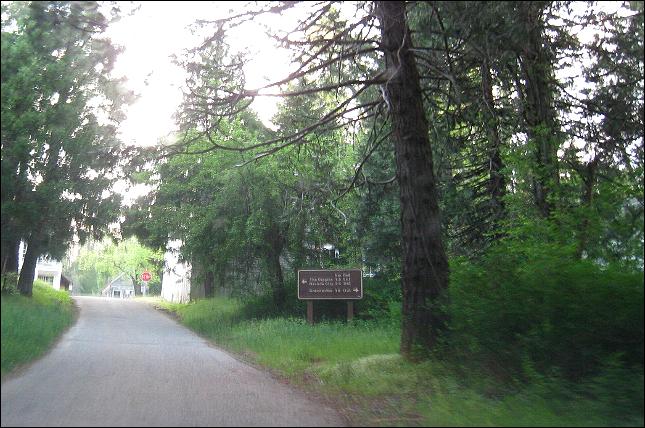
Now we're rolling into North Bloomfield.
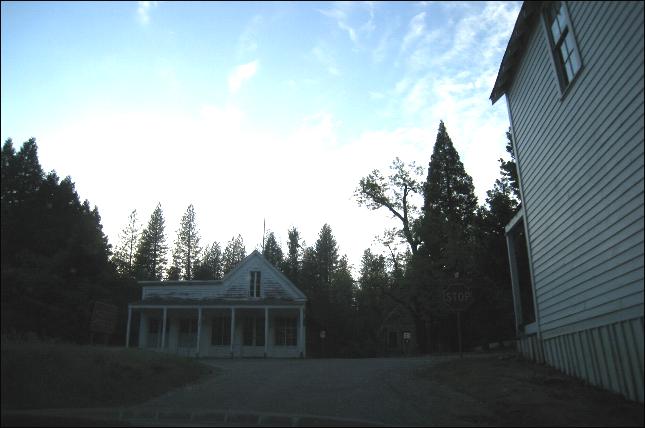
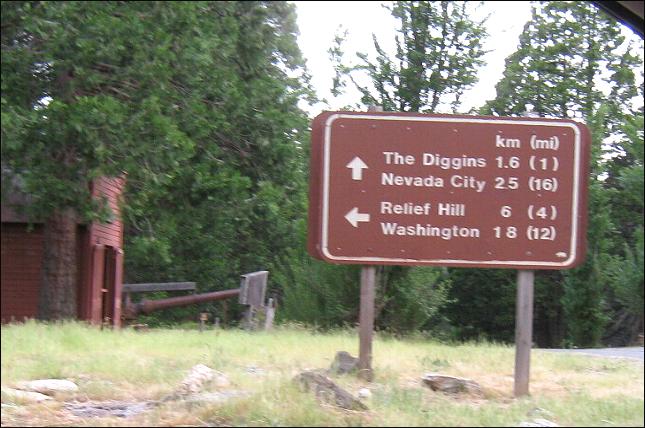
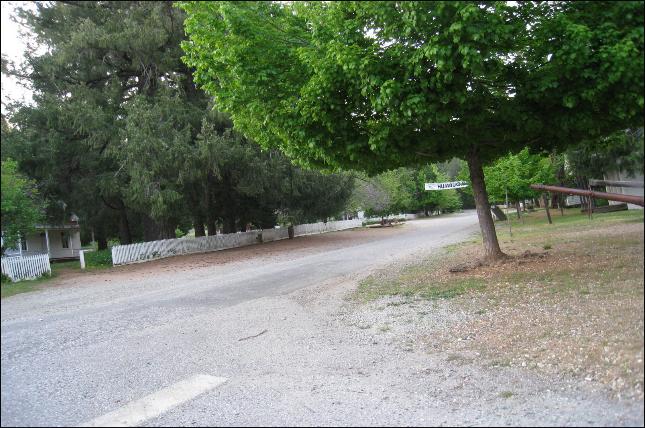
The main street where they hold the
Humbug Days Parade. You can see the sign over the street
for this year's celebration Saturday June 9, 2012. We really enjoyed it last year.
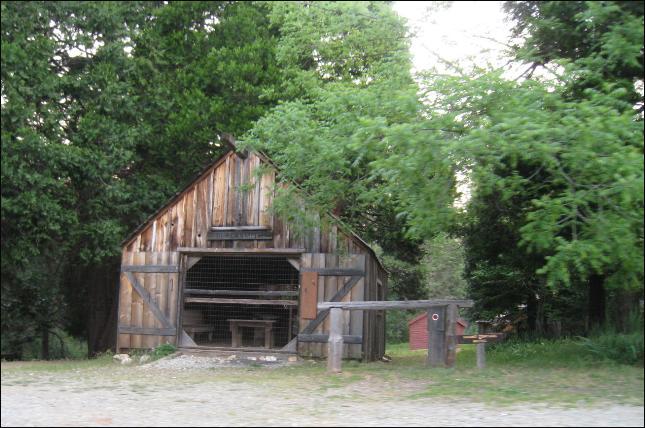
The Blacksmith shop.
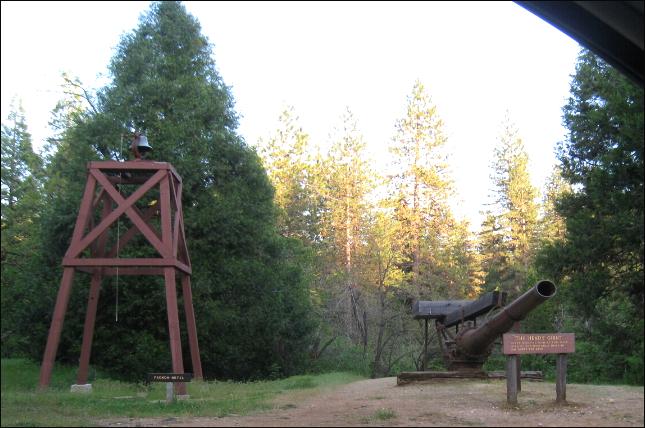
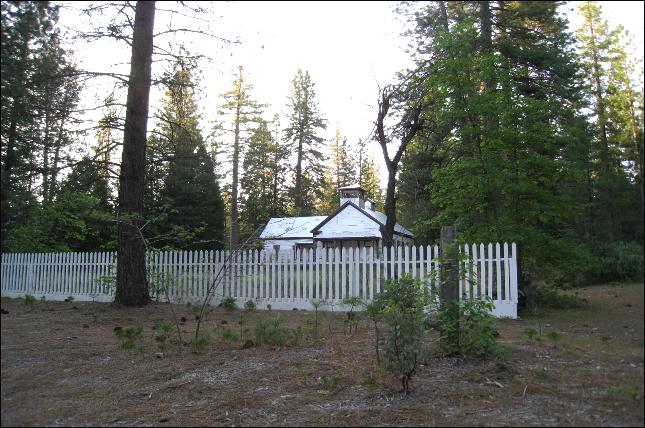
The old North Bloomfield school.
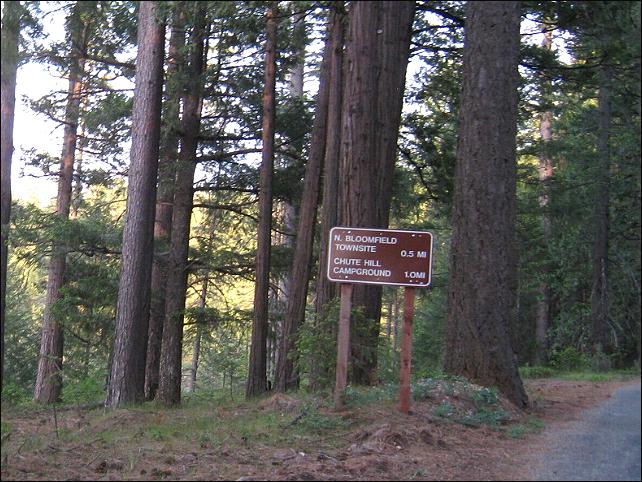
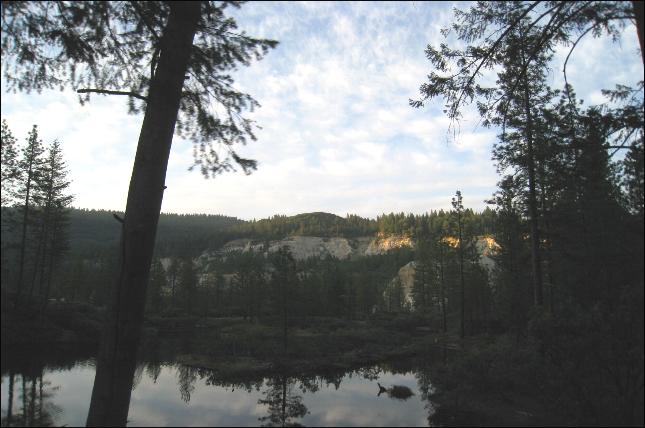
Hydraulic mining remains and pond.
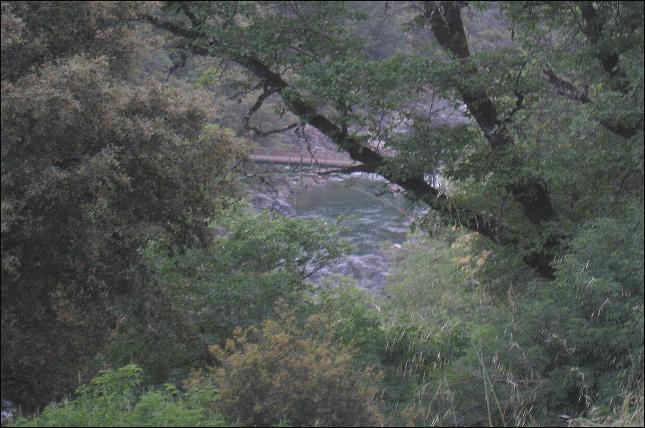
Approaching the Yuba River Bridge below.
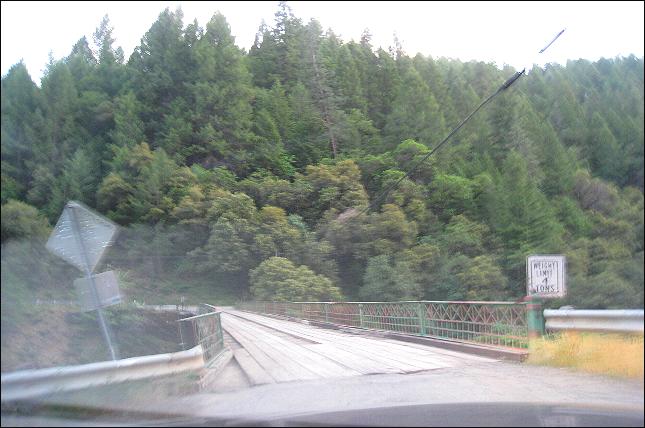
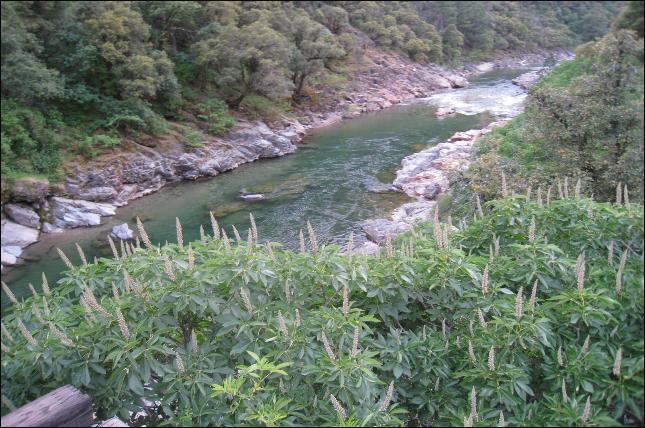
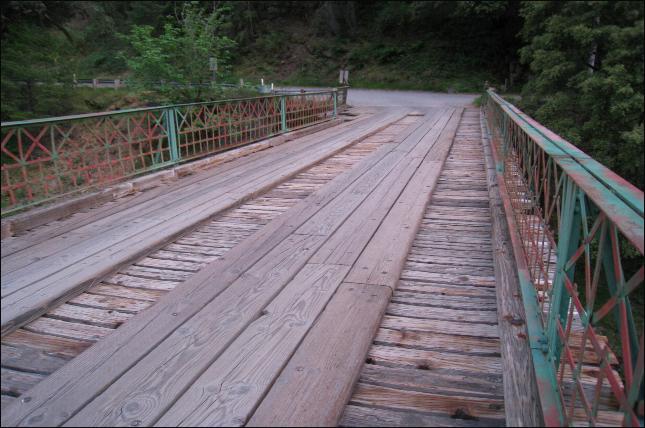
The final phase of this adventure is heading back to Nevada
City and the old Republic. Stick around for our next adventure...to
Alleghany, Forest City and Goodyear's Bar.
Next
Back
|

 Lu had a string of luck in earlier years. But no one's making
money on gold since difficulties have beset the industry the last
quarter century. How long she'll last is anybody's guess. But the days
of Alleghany Lu's mining career seem numbered. Lu Caston admittedly
sank over $200,000 of her own money and money she's promoted from
others...her partners...into the San Francisco. She's carved a wide
swath of mountain, moving thousands of tons of dirt looking for that
elusive rich vein. She's built a mill, spent money on bulldozers and
expensive equipment. "I know there's at least a million in cold
cash somewhere in here. I can't stop now. I got 10 years and my life
savings at stake," she said. Lu sees all the indications of
a high grade vein. "Solid gold right behind the mariposite,"
she said. "See that white rock up there? I'm getting
close...getting so close I can smell it. This is one of the richest
spots in the state. Several giologists have looked at this thing. They
agree. Formations here are identical to those at the Sixteen-to-One
just over the hill. You know the Sixteen-to-One...$35 million in gold
taken from it...Come on up here. Let me show you something," Lu
said as she grabbed a small pick and pan.
Lu had a string of luck in earlier years. But no one's making
money on gold since difficulties have beset the industry the last
quarter century. How long she'll last is anybody's guess. But the days
of Alleghany Lu's mining career seem numbered. Lu Caston admittedly
sank over $200,000 of her own money and money she's promoted from
others...her partners...into the San Francisco. She's carved a wide
swath of mountain, moving thousands of tons of dirt looking for that
elusive rich vein. She's built a mill, spent money on bulldozers and
expensive equipment. "I know there's at least a million in cold
cash somewhere in here. I can't stop now. I got 10 years and my life
savings at stake," she said. Lu sees all the indications of
a high grade vein. "Solid gold right behind the mariposite,"
she said. "See that white rock up there? I'm getting
close...getting so close I can smell it. This is one of the richest
spots in the state. Several giologists have looked at this thing. They
agree. Formations here are identical to those at the Sixteen-to-One
just over the hill. You know the Sixteen-to-One...$35 million in gold
taken from it...Come on up here. Let me show you something," Lu
said as she grabbed a small pick and pan. 